Mastering the art of baking ribs at 250°F is the key to achieving perfectly tender, juicy ribs every time. This step-by-step guide covers everything from preparation to finishing, ensuring you get restaurant-quality results right in your oven. Whether you're a beginner or experienced cook, these tips will help you avoid common mistakes and create mouthwatering ribs.
Table of Contents
- Perfecting Your Baking Ribs at 250°F Method
- Spice Application Techniques for Optimal Flavor
- Smart Spice Storage Tips
- Buying Guide: Best Spices for Ribs
- FAQ: Baking Ribs at 250°F Edition
- Conclusion
👨🍳 Baking Ribs at 250°F: The Ultimate Guide
250°F is the sweet spot for low-and-slow cooking because it renders fat slowly without drying out the meat. Higher temperatures risk toughening collagen before it fully breaks down into gelatin. Here's how to get perfect ribs every time:
Step 1: Prep the Ribs
- Slice off the membrane from the back of the ribs for juicier results.
- Rinse and pat dry thoroughly.
Step 2: Apply the Rub
- Evenly coat both sides with your preferred dry rub or dry brine.
- Wrap in foil and refrigerate for at least 4 hours (overnight is better).
Step 3: Bake Low and Slow
- Preheat oven to 250°F.
- Place ribs bone-side down on a foil-lined baking sheet or in a roasting pan.
- Loosely cover with foil to trap moisture.
- Bake for 3–4 hours depending on thickness.
Step 4: Finish with Flavor
- Remove foil and brush with BBQ sauce or glaze of choice.
- Increase oven temperature to 375°F and bake uncovered for 10–15 minutes for a caramelized finish.
Pro Tip:
Want extra smokiness? Place a small aluminum dish filled with soaked wood chips (like hickory or applewood) in the bottom of the oven while baking. Just make sure it's placed safely and won't interfere with airflow.
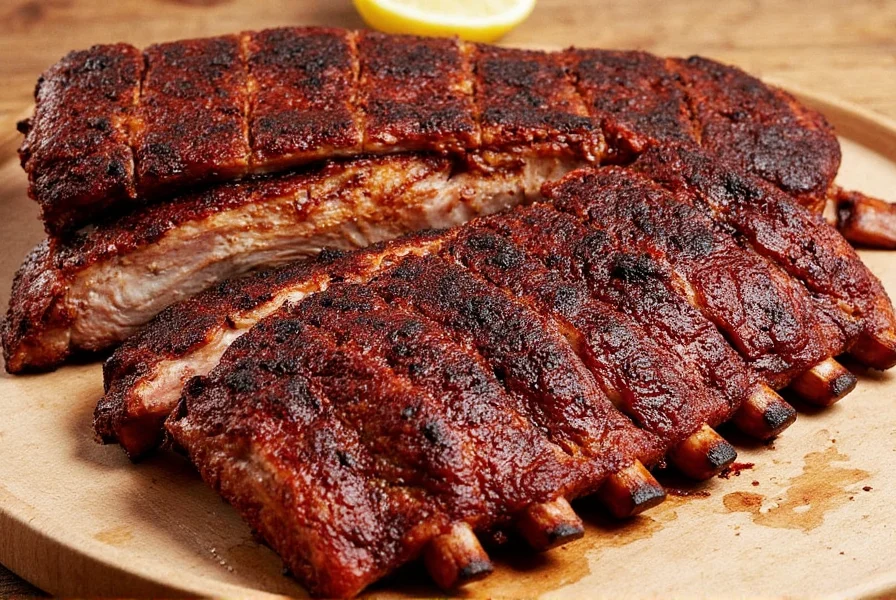
🔥 Spice Application Techniques for Optimal Flavor
While the baking process is key, these spice techniques will elevate your ribs:
- Dry Brine Magic: Mix coarse salt, brown sugar, garlic powder, and smoked paprika. Rub it on the ribs and let them sit uncovered overnight in the fridge. It enhances moisture retention and deepens flavor.
- Coffee Grounds Boost: Mixing in finely ground coffee (not instant) adds depth and slight bitterness, balancing out the richness of pork ribs.
- Mustard Slather Base: Spread a thin layer of yellow mustard before your spice rub. It acts as a glue, helping the seasonings stick better while adding a subtle zing.
- Toasted Everything: Toast your spices before mixing into the rub. Toasted cumin, coriander, and chili flakes bring out richer aromas and complex flavors.
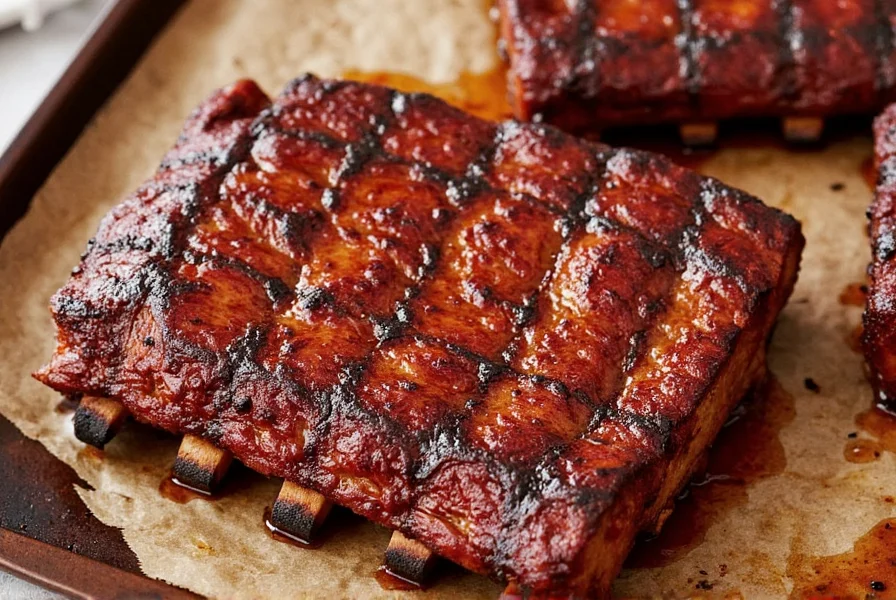
📦 Smart Spice Storage: Keep Those Flavors Fresh!
Your spice hacks are only as good as the quality of your spices. If your pantry smells more like dust than aroma, it might be time for a spice storage overhaul. Here's how to keep those flavors fresh:
| Spice Type | Best Storage Container | Shelf Life | Storage Tip |
|---|---|---|---|
| Whole Spices | Glass jars with tight lids | 3–4 years | Keep away from heat sources like ovens |
| Ground Spices | Dark-colored metal or ceramic | 2–3 years | Label with purchase date for easy rotation |
| Chili Flakes | Airtight plastic or glass | 1–2 years | Add a rice grain to prevent clumping |
| Herb Blends | Mason jars | 6 months–1 year | Store in cool, dark places like under-sink cabinets |
Bonus Hack: The Freezer Trick
For spices like paprika or chili powders, consider storing them in the freezer during hot summers. This preserves volatile oils and prevents color fading.
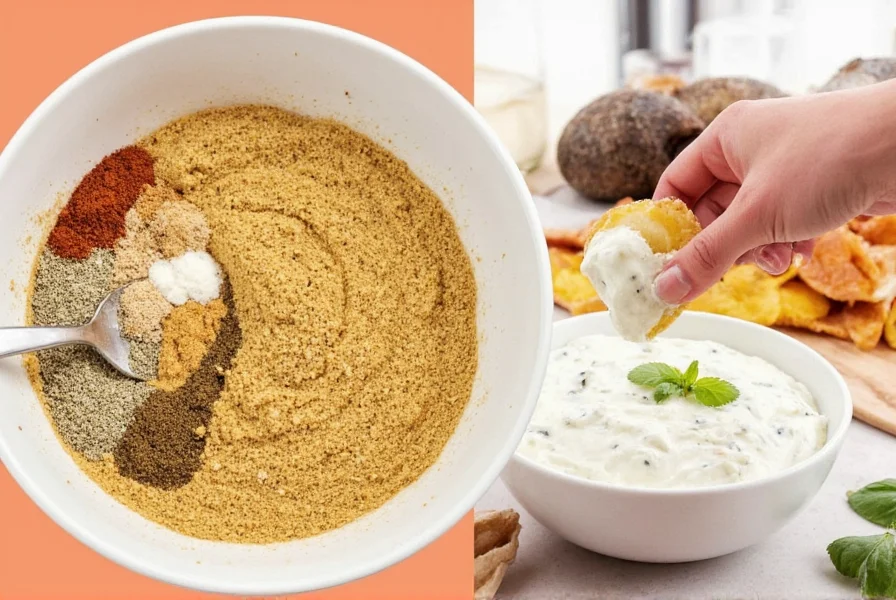
🛒 Buying Guide: Top Spices for Baking Ribs at 250°F
When you're shopping for spices to enhance your rib game, not all brands are created equal. Here's a quick guide to help you pick the best ones based on flavor, versatility, and performance:
| Spice | Top Pick Brand | Key Features | Use Case | Who Should Buy |
|---|---|---|---|---|
| Smoked Paprika | McCormick Gourmet | Deep red color, smoky flavor, no artificial additives | Base for most BBQ rubs | Beginners and pros alike |
| Garlic Powder | Rodelle | Non-GMO, organic, intensely aromatic | Broad use in savory dishes | Home cooks and chefs |
| Black Pepper | Kalustyan's Tellicherry | Whole peppercorns, rich aroma, high piperine content | Grind fresh over finished ribs | Flavor purists |
| Cumin | Burlap & Barrel | Single-origin, fair trade, earthy notes | Enhances smoky blends | Adventurous cooks |
| Brown Sugar | NOW Foods Organic | Moisture-retaining granules, natural sweetness | Essential in dry brines and sweet-smoke rubs | All rib lovers |
Why These Brands Win:
- MCCORMICK GOURMET SMOKED PAPRIKA: Ideal for beginners because it offers consistent flavor without overwhelming complexity.
- RODELLE GARLIC POWDER: Perfect for those who want potent, pure garlic flavor without lumps.
- KALUSTYAN'S TELLICHERRY PEPPER: For the foodie who loves grinding fresh pepper over their steaming ribs.
- BURLAP & BARREL CUMIN: Great for experimenting with global spice profiles, especially Middle Eastern or Mexican-inspired rubs.
- NOW FOODS ORGANIC BROWN SUGAR: The secret ingredient in killer dry rubs—it balances out heat and salt beautifully.
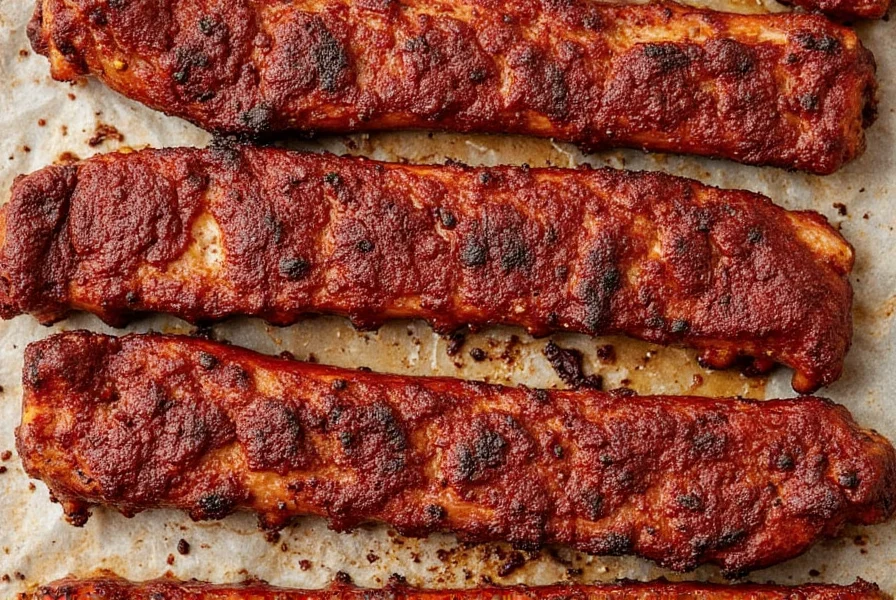
❓ FAQs: Baking Ribs at 250°F Edition
How long do ribs take to bake at 250°F?
Most ribs take 3-4 hours at 250°F to reach perfect tenderness. Baby back ribs typically finish in 3 hours, while larger spare ribs may need the full 4 hours. The "bend test" is the best indicator—when you lift the rack with tongs, it should bend easily and small cracks may appear in the surface.
How do I know when ribs are done baking at 250°F?
Ribs are done when they reach an internal temperature of 190-205°F and pass the bend test. The meat should pull back from the bones slightly (exposing about 1/4 inch of the bone), and when gently pressed, the meat should give easily. Don't rely solely on time—thicker racks will take longer.
Why bake ribs at 250°F instead of higher temperatures?
250°F is the sweet spot for low-and-slow cooking because it renders fat slowly without drying out the meat. Higher temperatures (like 300°F+) risk toughening the collagen before it fully breaks down into gelatin. The lower temperature also allows more time for spice flavors to penetrate the meat.
Can I bake ribs at 250°F without a thermometer?
While a thermometer is highly recommended for consistent results, you can check doneness by the bend test (as mentioned above) and looking for the meat to pull back from the bones. The ribs should feel soft when pressed with tongs, not rigid. For safety, ribs should reach at least 145°F internally, but for tender results, aim for 190°F+.
What's the best type of ribs for baking at 250°F?
Both baby back ribs and spare ribs work well at 250°F, but they require different timing. Baby backs (smaller, more tender) need 2.5-3 hours, while spare ribs (larger, fattier) benefit from the full 3.5-4 hours. St. Louis-style ribs (trimmed spare ribs) are a great middle ground with consistent thickness for even cooking.
Can I use fresh herbs instead of dried in my spice rub?
Absolutely! Just remember that fresh herbs are less concentrated. Use about three times the amount compared to dried. For best results at 250°F, add fresh herbs during the last hour of cooking or as a finishing touch, as prolonged exposure to heat can cause them to lose flavor.
Should I toast my spices before making a rub for 250°F baking?
Yes! Toasting intensifies the flavor profile, which is especially beneficial for the long cooking time at 250°F. Toast spices over medium-low heat for 2-3 minutes until fragrant, but don't burn them. This step brings out essential oils that will better withstand the extended baking time.
How long do homemade spice blends last when baking at 250°F?
Stored properly in airtight containers away from light and heat, homemade spice blends maintain peak potency for 6 months. For ribs baked at 250°F, fresher spices make a noticeable difference since the low temperature doesn't "wake up" stale spices as effectively as higher heat methods would.
What's the difference between baking and smoking ribs at 250°F?
At 250°F, both methods are low-and-slow, but smoking adds an extra layer of flavor through wood combustion. Baking mimics this effect by using dry heat and spice-enhanced moisture control. For oven baking, adding liquid smoke to your rub (just 1/2 teaspoon) or using smoked spices can replicate some of that authentic smoky flavor.
Do I need to wrap ribs in foil when baking at 250°F?
Wrapping helps retain moisture and speeds up tenderness, which is especially helpful at 250°F where cooking times are longer. The 'Texas crutch' method (wrapping in foil after 2 hours) can prevent drying out. However, if you want more bark development, you can skip the foil for the first hour and then add it later.

🎉 Final Thoughts: Master the Art of Low-and-Slow Rib Perfection
Baking ribs at 250°F isn't just about setting a timer—it's about understanding the science behind low-and-slow cooking. The key is patience: allowing time for collagen to break down into gelatin while retaining moisture. Proper spice application enhances flavor without overpowering the meat.
With these techniques, you'll consistently achieve fall-off-the-bone ribs that impress everyone at the table. Remember: the best ribs come from mastering the fundamentals, not just following recipes. Now go fire up that oven and create something delicious!

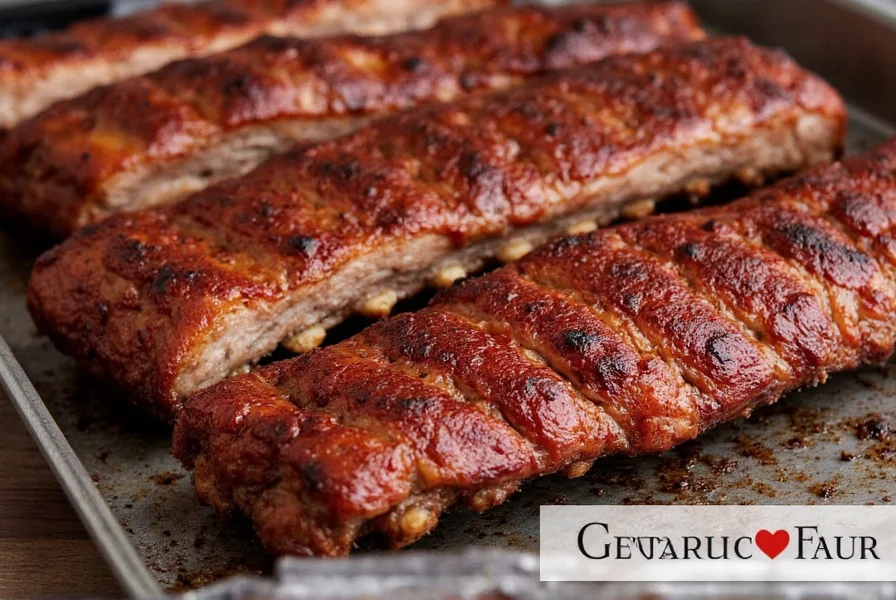









 浙公网安备
33010002000092号
浙公网安备
33010002000092号 浙B2-20120091-4
浙B2-20120091-4